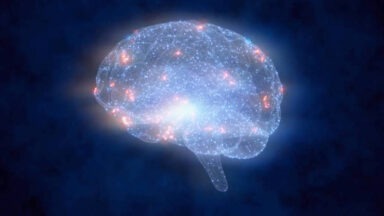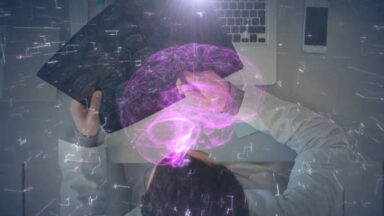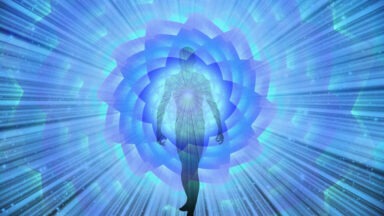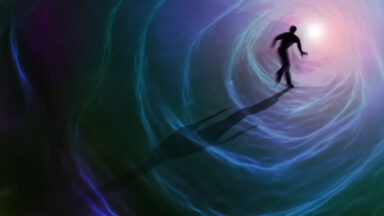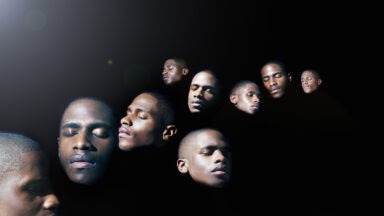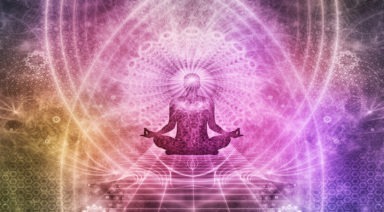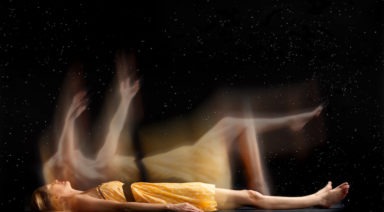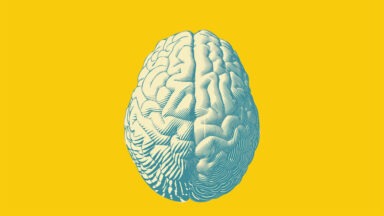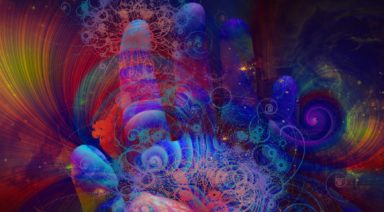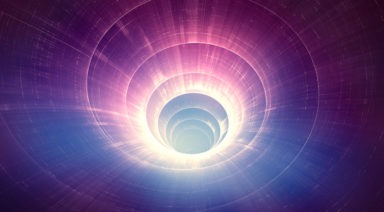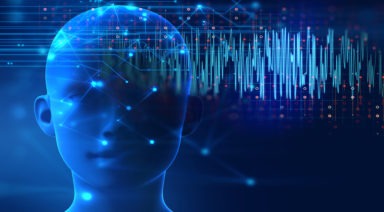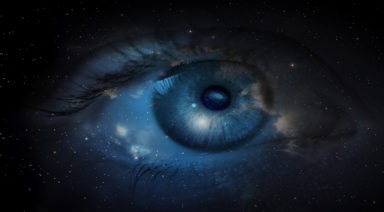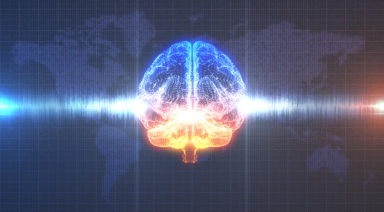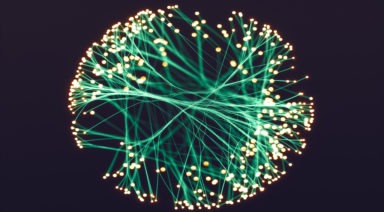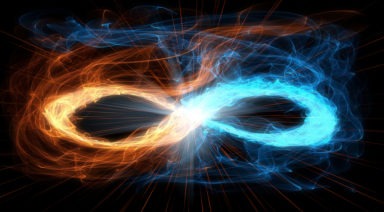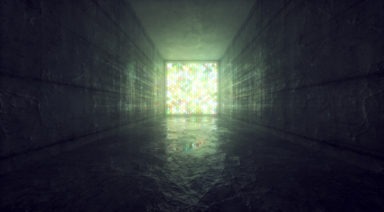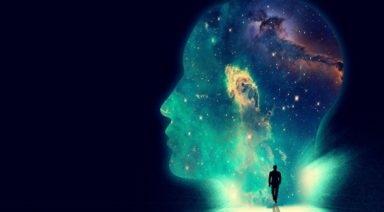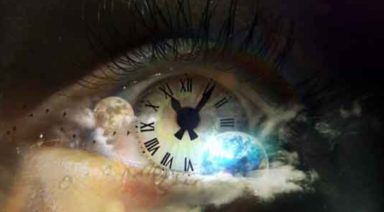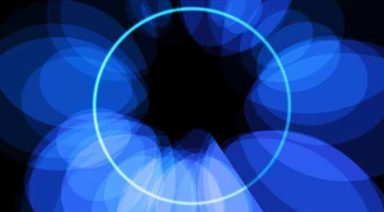Time Slice Theory: Is Consciousness as Fluid as We Think It Is?
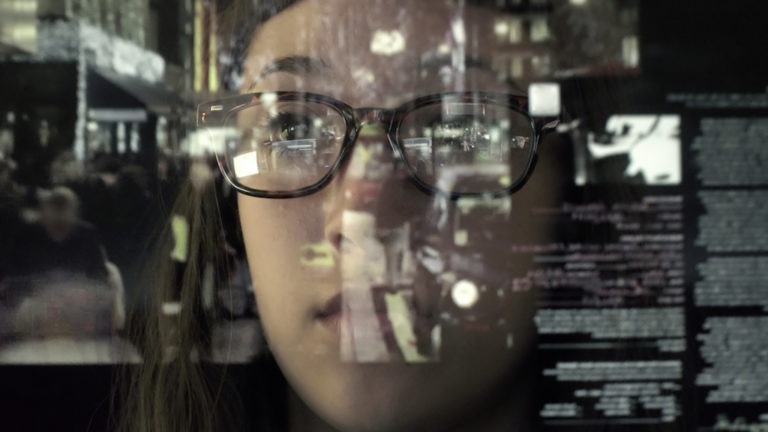
Our brains have all sorts of shortcuts to help us experience reality more efficiently. For example, you’ve probably seen one of those tests circulating the internet with a sentence full of mispselled wrods taht dno’t raelly inhbit yuor raeding speed, as long as the frist and last lettres in evrey word are unchanged. This phenomenon may be part of a conceptual explanation known as the Time Slice Theory of consciousness, suggesting our minds stitch together a narrative of individual frames, rather than a continuous, live stream.
The paper was published on PLoS-biology by scientists Michael Herzog of the École Polytechnique Fédérale de Lausanne, and Frank Scharnowski of the University of Zurich in Switzerland. Their theory says our brains process reality in individual moments, or what they call percepts, arising in 400 millisecond intervals. These percepts are then stitched together and rendered as a continuously flowing sequence of reality that makes sense to us – much like a movie shot in high definition.
But instead of watching the movie and making judgements as we observe them, our unconscious mind reviews individual images, processes them in an abstract order, and makes subjective judgements based on heuristics from past experience. It then translates those judgements into an apparently fluid narrative, allowing you to efficiently process reality.
Time Slice Theory of Consciousness & Perception
Time slice theory says we only process reality after 400 millisecond intervals, and that there is minimal to no conscious observation between those frames; our brains only collect sensory information at discrete time-points. It is also within this period that our minds frantically work to make sense of it all.
It’s mind-boggling to think our unconscious can work so quickly, but our brains are fascinatingly powerful processors. It’s believed the mind calculates roughly 1014-1016 processes per second, or somewhere between 1 and 100 quadrillion calculations per second. The average computer functions at about half that speed.
So, what exactly happens during that unconscious judgement phase? According to Time Slice Theory, the brain processes specific features of objects, such as color and shape, quasi-consciously or unconsciously with high resolution. Within this moment there is no sense of linear time, in fact, changes in duration or even color aren’t processed. It then draws the necessary connections and stitches them together to pass off to the conscious stage.
Sometimes this period happens instantaneously and other times it takes longer, depending on the complexity of the information being fed to it. Occasionally, this leads to reactions based on false judgements, such as in fight-or-flight instances, but these instincts are naturally made to surpass the logical decision-making process, usually for survival reasons.
For instance, if someone jumps out of a closet and scares you, your unconscious perception recognizes an ostensible threat of unexpected, encroaching movement, in turn telling you to move or attack the stimulus without logical consideration.
Schizophrenics often report a slowed integration process in which the window of logical deduction takes longer and their stream of perception is fragmented.
This seems to parallel Robin Carhart-Harris’ entropic brain hypothesis regarding the Default Mode Network, the region of the brain believed to be responsible for the ego. His theory says that during a psychedelic, creative, or psychotic experience the mind sifts through more possible outcomes than it normally would, drawing from a number of seemingly incorrect conclusions to make sense of what it’s observing; with psychedelics this is what results in visual hallucinations.
Our brains can also draw false conclusions about reality while being completely aware of them. One such instance is known as the Cutaneous Rabbit Illusion; a physical deception in which a syncopated tapping of the wrist and elbow tricks the mind into feeling as if a tiny, invisible rabbit is hopping up the arm. This illusion happens because the mind infers the sensation in between the two areas of stimulation.
Listen to Alan Watts discuss our confusing perception of time:
A Similar Buddhist Theory of Consciousness
In the third century BC, the Abhidharma Buddhist School first recorded the concept of our brain’s discrete perception of reality. Their scripture refers to the threshold between conscious and unconscious awareness as the “Mind-door,” where we internalize information received through our sensory faculties.
The Mind-door characterizes the mind as the creator of subjective experience which forms the basis of memory and thought, and subsequently the micro-judgements that form the mind’s narrative. They considered the Mind-door to be our sixth sense, transcending time and making purely conceptual judgements.
Abhidharma Buddhists believed when an image reached this threshold, the mind would switch from inactive mode to any of the five-sense processes, based on whichever faculty was appropriate.
These discrete moments were referred to as dharmas – different from the teachings of the Buddha known as the dharma – used to describe experience encountered through the senses. But the dharmas weren’t simply objective experience, rather they are the product of “rapid consciousness that arise and cease in sequential streams, each having its own object, and that interact with the five externally directed sensory modalities of cognitive awareness.”
These dharmas are also described as “psycho-physical events with diverse capacities by means of which the mind unites and assimilates a particular perception, especially one newly presented, to a larger set of ideas already possessed, thus comprehending and conceptualizing it.” Sounds a lot like the Time Slice dynamic.
But Scharnowski and Herzog admit that their theory is purely conceptual and that the argument between a stream of consciousness theory and Time Slice theory remains unsettled. And while theirs is an interesting thought experiment into the way our brain processes consciousness, it doesn’t necessarily do much to answer the hard problem of consciousness itself – that is, what is consciousness?
The answer to that question remains to be understood if it can be understood in this realm at all. For more hints to help you answer such a primordial, existential question watch the documentary PHI: The Evolution of Consciousness:
What Is a Starseed’s True Meaning? Defining Characteristics and Types

If ever you’ve looked up at the night sky and felt a connection with a bright planet or glowing star system, you might be feeling your soul’s connection to a past life or future self. Given that human bodies come from stardust and have been infused with divine light, you might feel this connection deeply in your bones. Is this an illusion? Or are you born from a distant star, a true descendant of a faraway light body or planet, a Starseed?
After hundreds of years of analysis and, lately, more precise evaluation, it’s estimated that there are over 10 billion galaxies in the known universe. Many say that there are over 100 billion stars in The Milky Way, our home galaxy.
When you piece that together in an equation, it looks something like this:
10,000,000,000 X 100,000,000,000 = 1,000,000,000,000,000,000,000 STARS!



